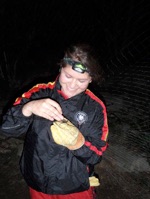
Ariadna Morales
Ariadna completed her doctorate in July of 2018, and authored or co-authored ten manuscripts during her time at OSU. After working at the AMNH as a postdoc with Frank Burbrink and Nancy Simmons, Ariadna is now a part of the Bat1K genome project. More information about her background and research interests can be found on her website.

Greg Wheeler
Greg earned his doctorate by completing a genomics project on Sarracenia alata. He is currently a bioinformatician in the Institute for Genomic Medicine at Nationwide Children's Hospital. Greg is a great colleague, and we wish he was still around to contribute to our research. But helping to prevent cancer is important too.

Tara Pelletier
Tara recently took a faculty position at Radford University, where we know that she'll be a great professor. Tara is an expert statistician, creative with analytical methods, and is also a great field biologist when given the chance. She also writes phenomenal papers!
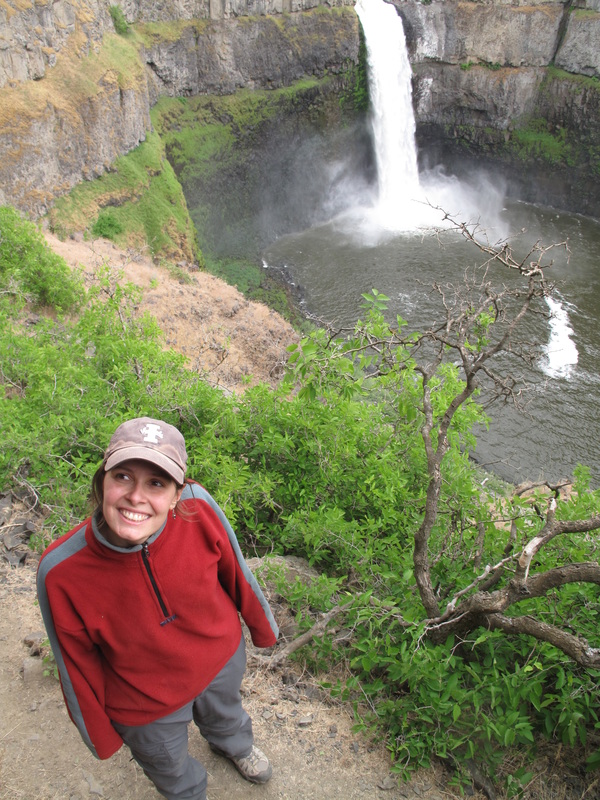
Anahi Espindola
Anahi visited my lab when it was in Louisiana, while she was a Ph D student with Nadir Alvarez. After completing a Postdoc with Dave Tank and Jack Sullivan at the University of Idaho, Anahi accepted a faculty position at the University of Maryland. Checkout her research website.
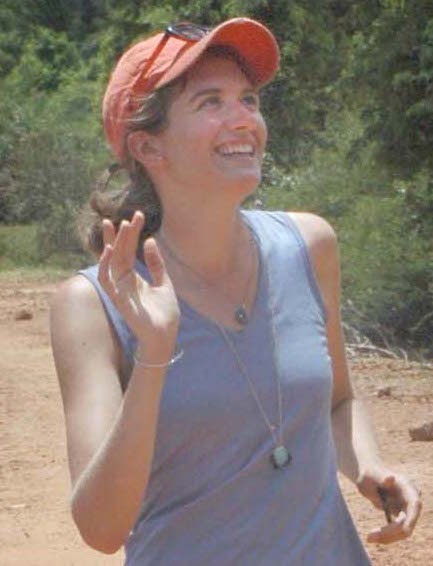
Maggie Hanes
Maggie Hanes (ne Koopman) is currently the Director of the Herbarium and an Associate Professor at Eastern Michigan University. She helped to develop the Sarracenia alata project as my post-doc, and was instrumental in collecting data from its microbiome.

Amanda Zellmer
Amanda is currently an Assistant Professor at Occidental College. Amanda worked on Sarracenia alata phylogeography, and developed protocols for DNA sequencing as my postdoc.

Ysin-Erica Tsai
Erica is currently a Postdoc with Jason McLachlan at the University of Notre Dame. She worked on a phylogeographic investigation of Salix melanopsis and developed PhyloGeoViz as my postdoc.

Michael Gruenstaeudl
Michael is currently a researcher at the Free University of Berlin. He developed the P2C2M R package and worked on the Community Trees project when he was in my lab.

John McVay
John McVay did a postdoc with Paul Manos at Duke University, and currently works for the University of Florida. John worked on phylogenetics of the Thamnophiini as a graduate student and was the first student to join the Carstens Lab. We desperately miss John's abilities in the lab, and his natural aptitude with acronyms!
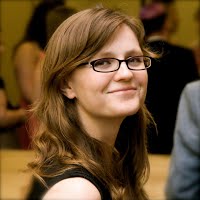
Sarah Hird
Sarah Hird developed PRGmatic and explored bird gut microbiomes as a graduate student. After a postdoctoral position with Johnathan Eisen at the University of California-Davis, she was hired by the University of Connecticut where she is currently an Assistant Professor.
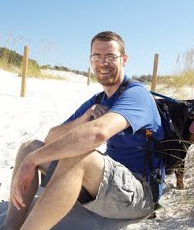
Noah Reid
Noah Reid developed bGMYC and posterior predictive tests of the multispecies coalescent model while a member of my lab. After a postdoctoral position Andrew Whitehead at the University of California-Davis, Noah accepted a Research Assistant Professor position at the University of Connecticut.
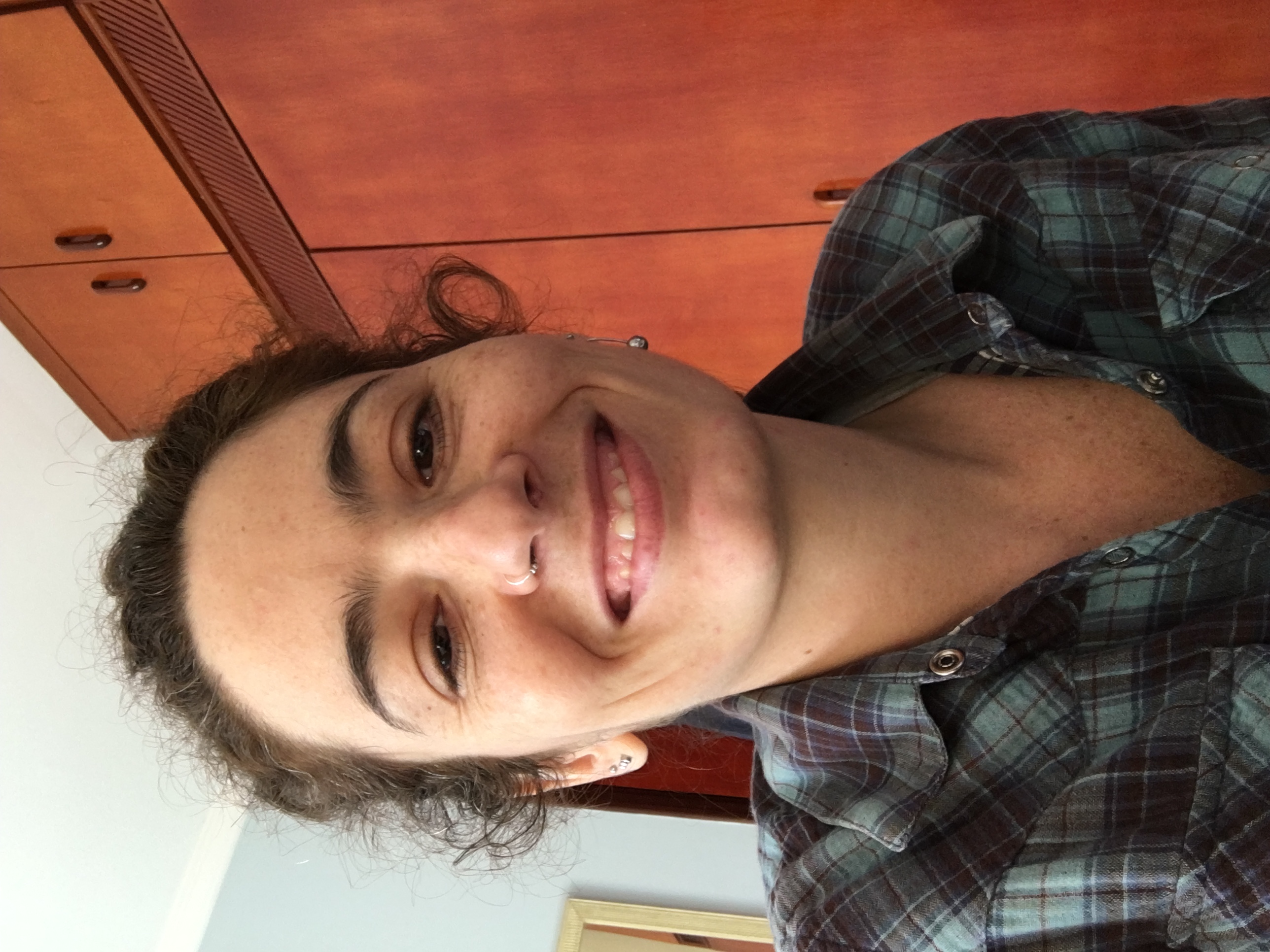
Tereza Thomé
Dr. Thomé earned her doctorate at the Universidade Estadual Paulista in Rio Claro, Brazil, where she worked on several projects related to the phylogeography of toads. She's currently working on assembling and analyzing big data sets as part of the Dimensions of Biodiversity project.

Lisa Barrow
Lisa joined the lab in the Fall of 2018 as one of the inaugural postdocs in OSU's President's Postdoctoral Scholars Program. Lisa is currently an Assistant Professor at the University of New Mexico.

Manolo Perez
Manolo is currently a PhD student at the Federal University of São Carlos (UFSCar) in Brazil. He is interested in the evolutionary history of cacti in Brazilian Caatinga and Cerrado. His work uses tools from population and phylogenetics, as well as bioinformatics.
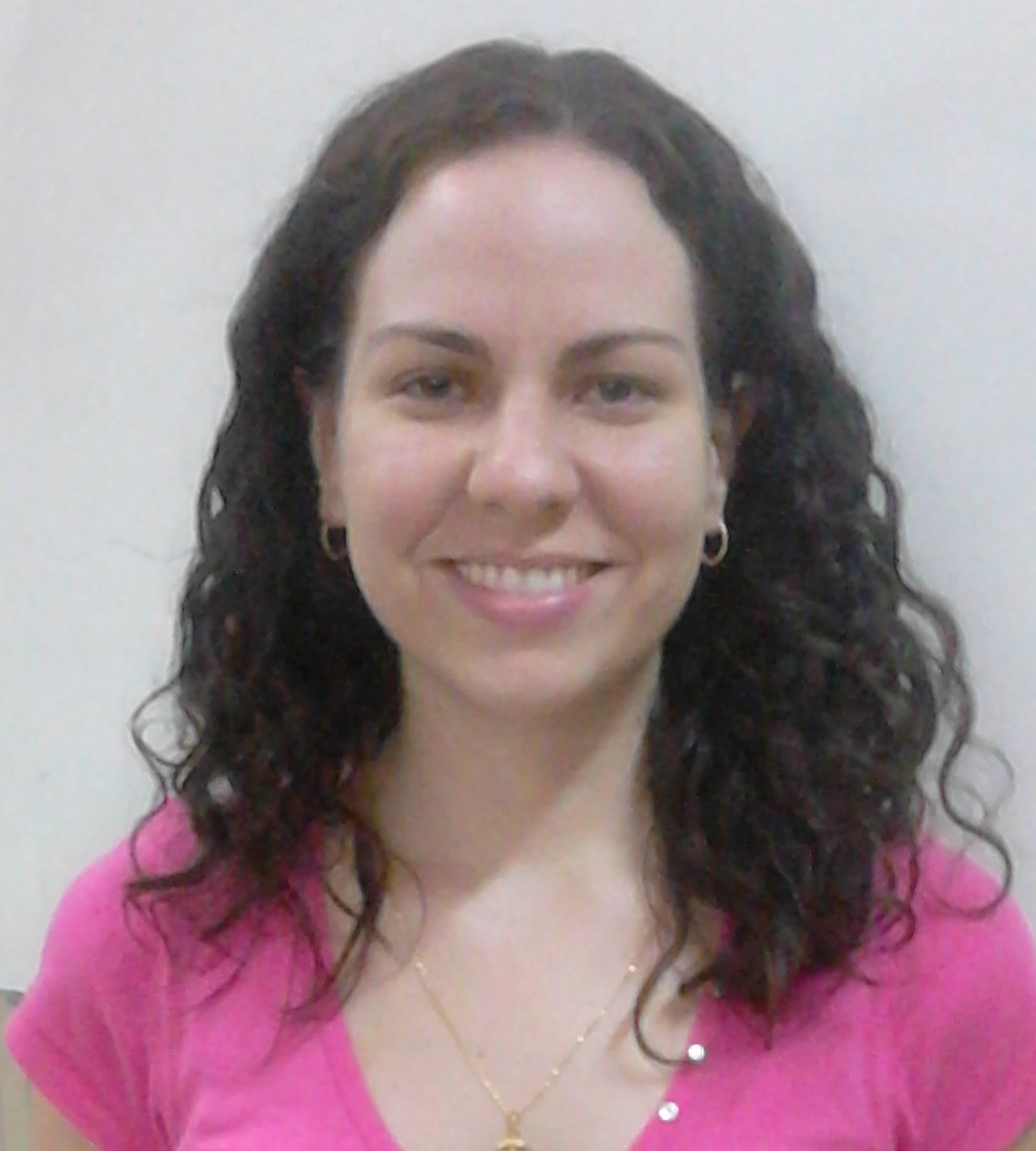
Isabel Bonatelli
Isabel is currently a PhD student at the Federal University of São Carlos (UFSCar) in Brazil. She works with phylogeography and population genetics in species of cacti associated with Quaternary refugia. She developed new RAD-seq SSR markers for cactus species and also ABC analysis when she was in our lab.
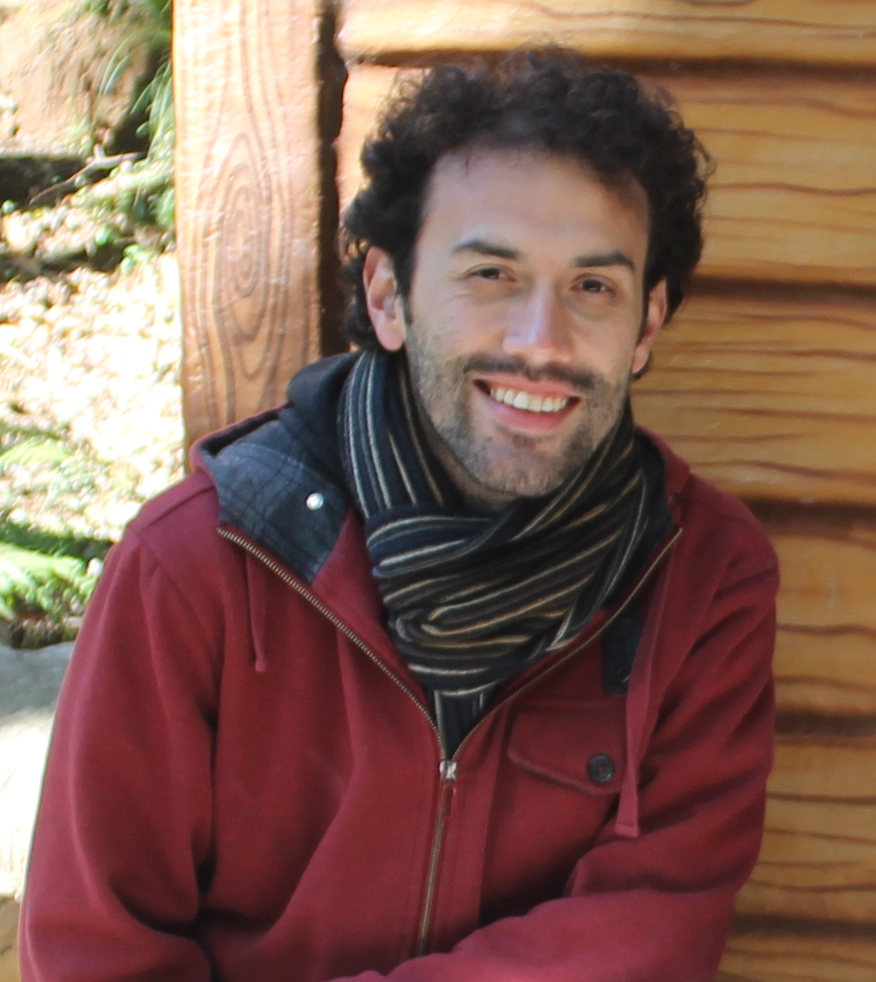
Gustavo Silva-Arias
Gustavo is in his final year as a Ph D student with Loreta Freitas at the PPGBM-UFRGS in Brazil. He visited us in the Summer-Fall of 2015 to develop part of his dissertation work about genetic consequences of coastal colonization process in Petunia.
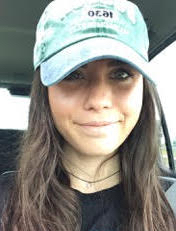
Cole Thompson
Cole joined the lab in the Fall of 2017. After learning R, she's developed an analysis pipeline to compare genetic diversity in protected areas to that in unprotected areas. Her work looks as if it will have important implications to conservation, so check back in Spring of '19 for her manuscript. She's the first MS student in the history of the Carstens lab!

David Sneddon
David joined the lab in the Spring of 2018 and was awarded an Undergraduate Research Fellowship from the OSU Office of Undergraduate Research. His senior thesis explored the phylogeography of microsnails from the Pacific Northwest. He is currently in a Ph D program under Jack Sullivan at the University of Idaho.
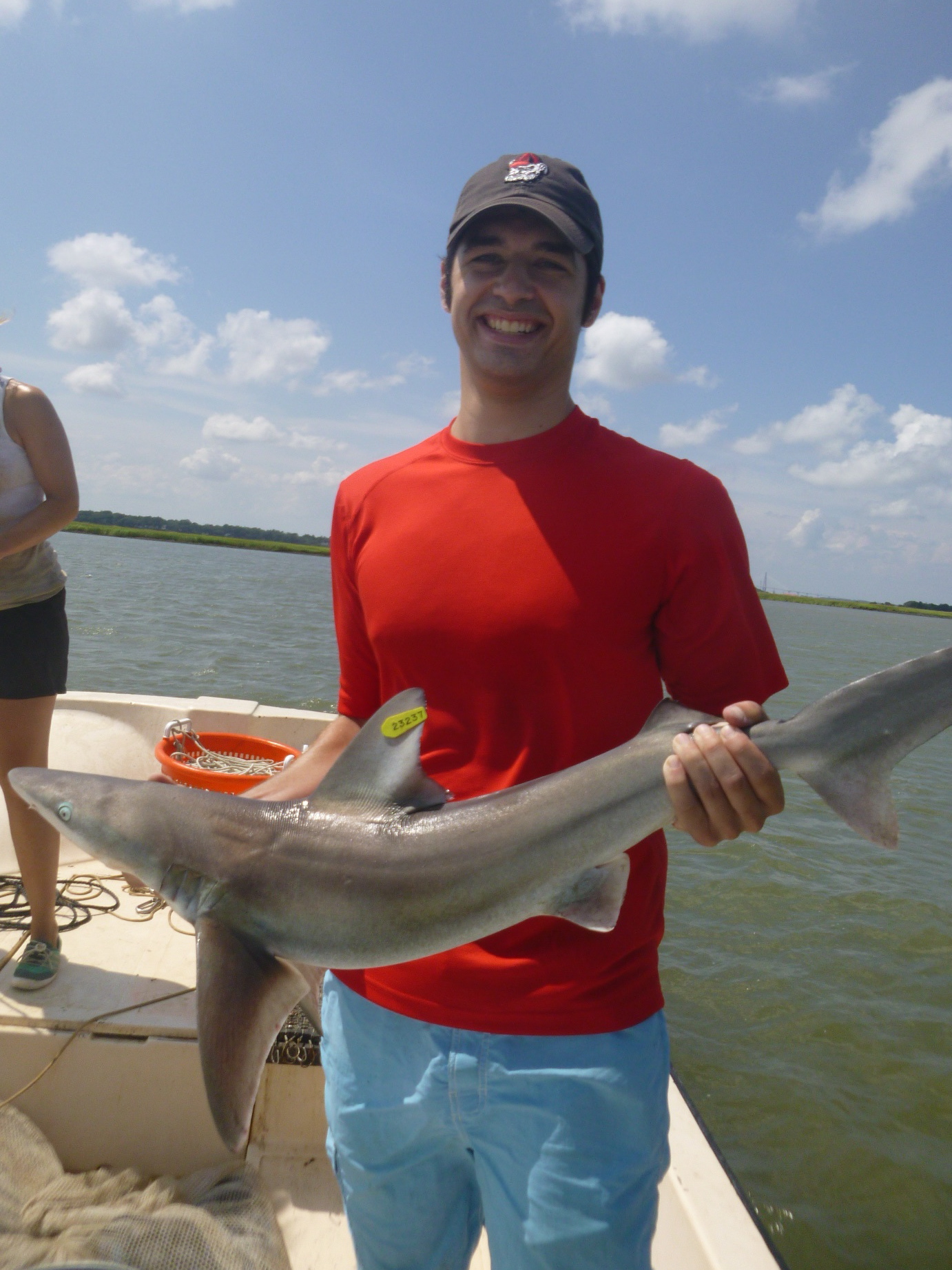
Drew Duckett
Before joining our lab in the Spring of 2018, Drew earned a Master's degree in Gavin Naylor's lab and worked at the Morton Arboretum. Drew's dissertation work developed bioinformatics tools for posterior predictive simulation and genomics of Microtus richarsoni. After graduating, Drew went to work as a bioinformatician at Northwestern University Hospital.
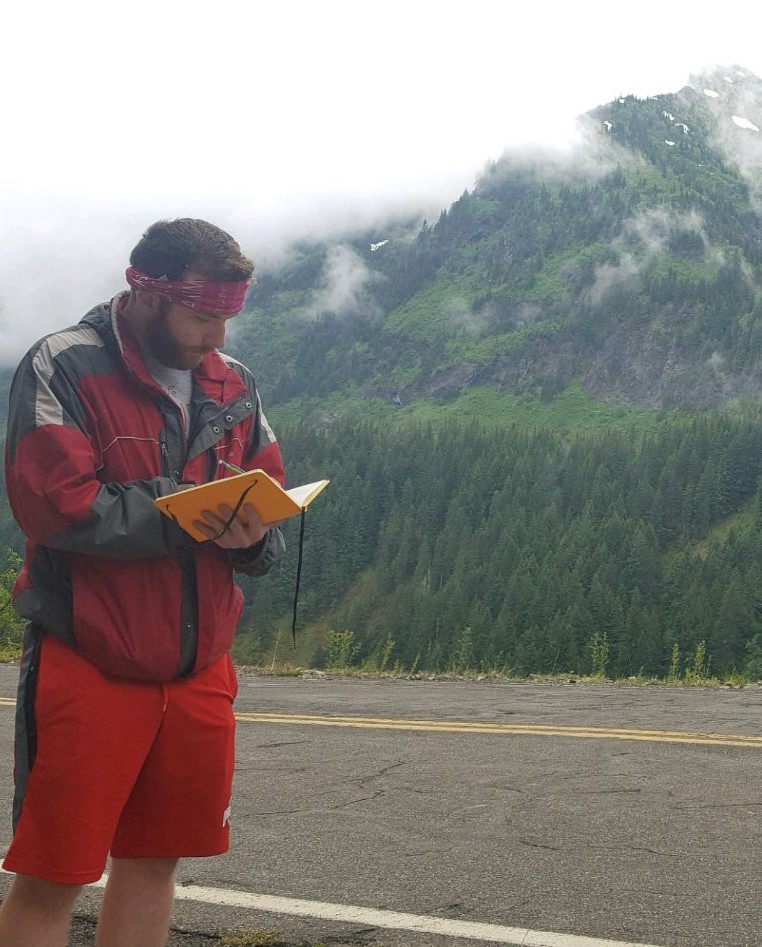
Connor Lang
Connor joined the lab in the Spring of 2018. He worke with Megan Smith on microsnails, and spent the summer helping Ben Stone collect Penstemon in the Pacific Northwest. Connor is currently in an MS program at the University of Akron.
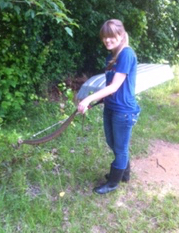
Megan Smith
Megan joined the lab in the Fall of 2015 after graduating from the University of Mississippi. She worked in Brice Noonan's lab as an undergrad, and is working on a comparative phylogeography project in the Pacific Northwest Temperate Rainforest. Megan is currently a postdoctoral research in Matt Hahn's lab. You can find more information about her research interests on Megan's website.
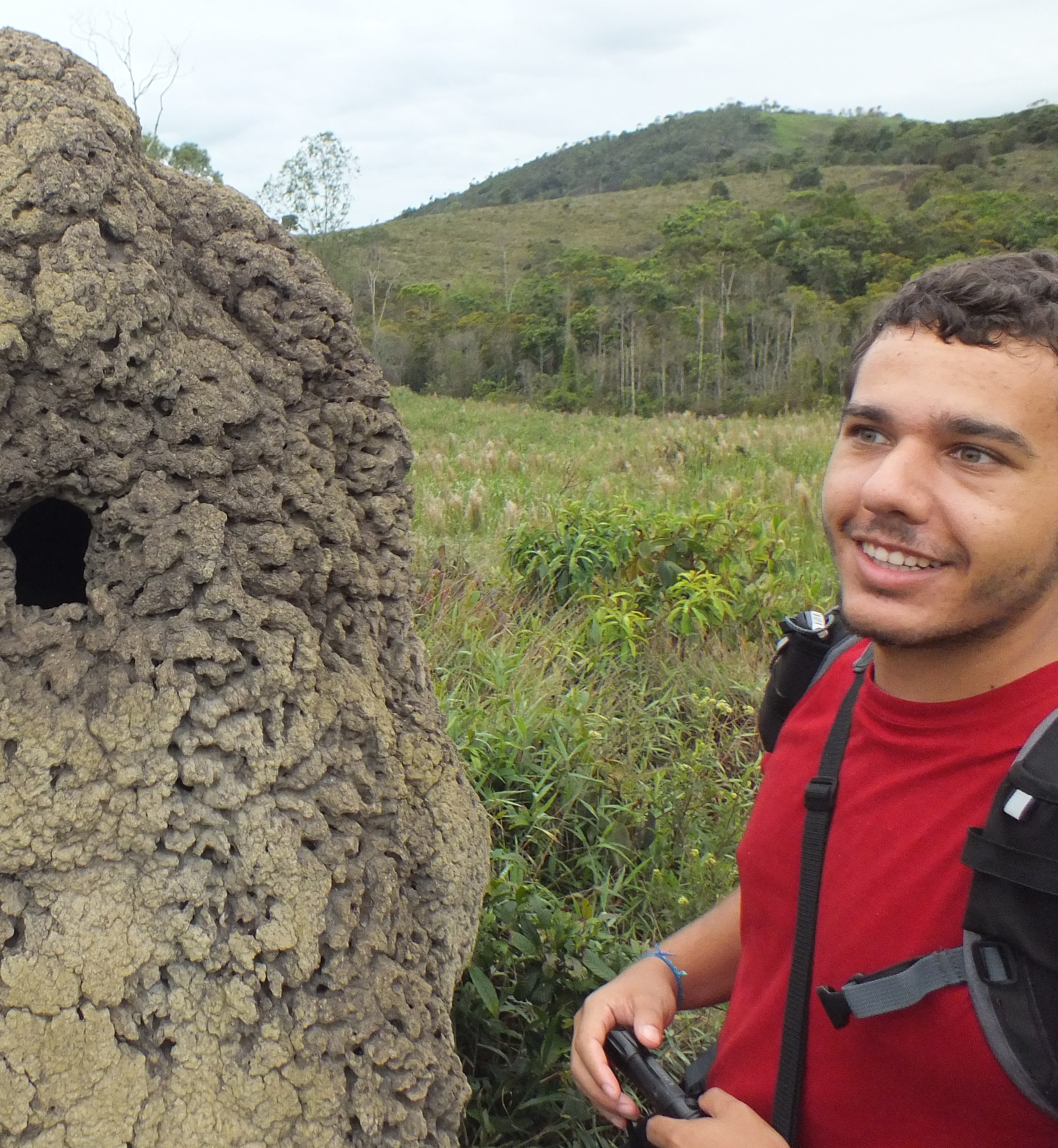
Emanuel Fonseca
Emanuel joined the lab in the Fall of 2018 after he completed a Master's degree at the Universidade Federal do Rio Grande do Norte in Brazil, working in the Garda lab. His dissertation project explored the role of abiotic environmental conditions on the origin and diversification of species in the Dry Diagonal of South American. Emanuel is currently a postdoc at the University of Arizona in the Gutenkunst lab. More information about his research is available here.
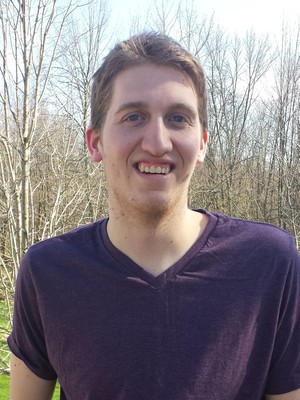
Jamin Wieringa
Jamin was co-advised by Lisle Gibbs. His dissertation project investigated how various biomarkers could be used to source population of migratory tree bats (including Lasiurus spp. and Lasionycteris noctivagans) that are killed at Ohio windfarms. After a productive time as a Ph D student, Jamin has recently joined the USFWS as a geneticist at the Southwestern Native Aquatic Resources and Recovery Center. More information is available on Jamin's website.
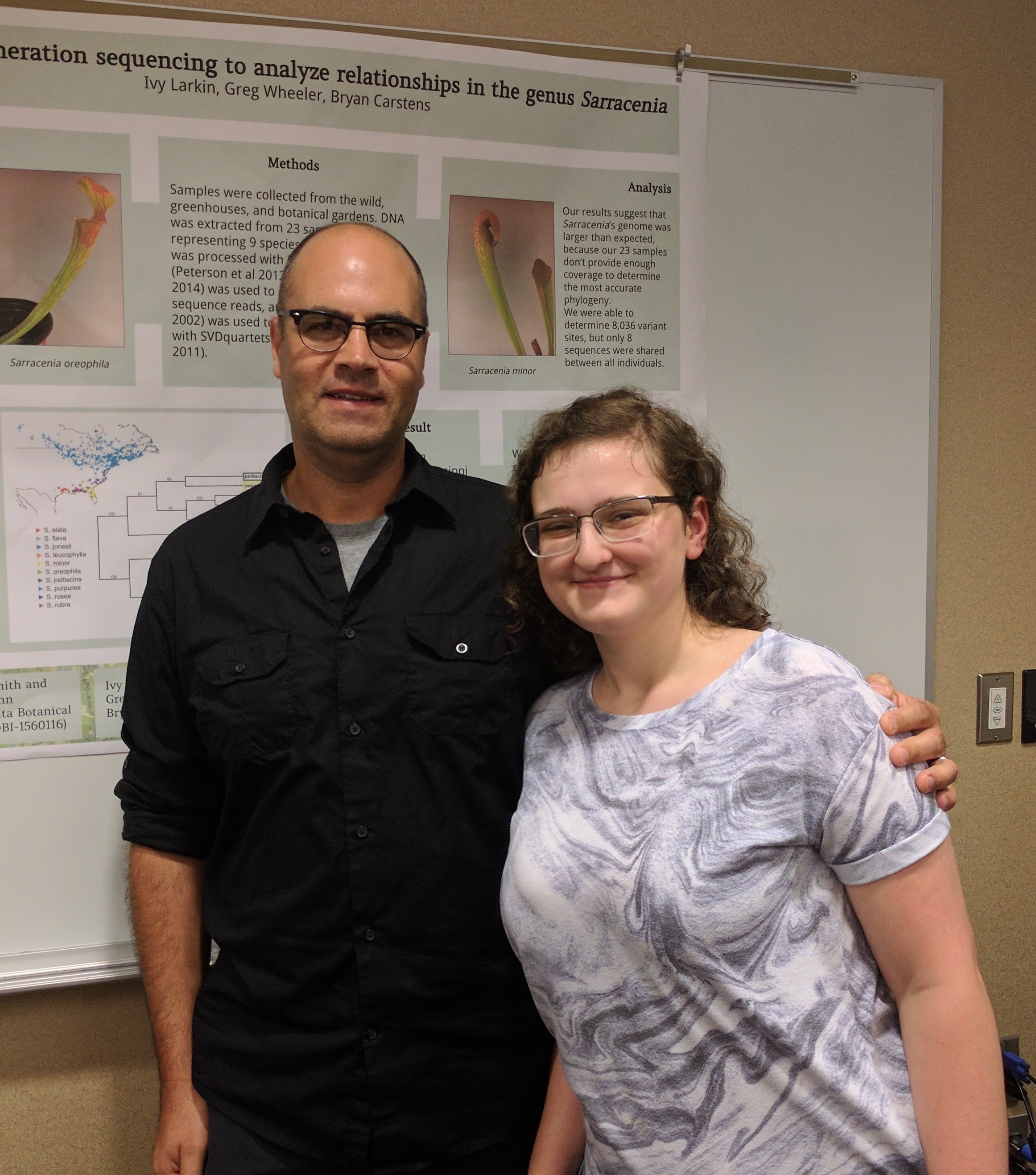
Ivy Larkin
Ivy was part of the EEOB Next-gen REU while she was a student at Columbus State. She transferred to OSU for the Fall of 2018, and is currently working with Lisa Barrow on a project involving genetic diversity of amphibians and squamates.
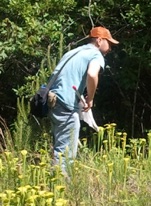
Jordan Satler
Dr. Satler developed the first method for quantifying phylogeographic concordance and analyzed SNP data from ~6 species of arthropods that are associated with Sarracenia. After doing a postdoc with Tracy Heath and John Nason at Iowa State University, Jordan came back to OSU to serve as a senior postdoc. Jordan currently works as a bioinformaticist at Nationwide Children's Hospital in Columbus. More information about Jordan's research is available on his website.
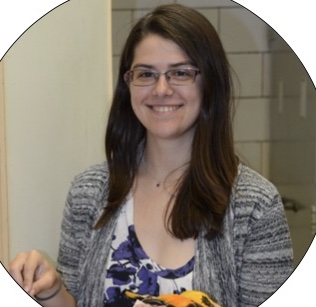
Kaiya Provost
Dr. Provost earned her doctorate at the American Museum of Natural History where she worked on a comparative phylogeography project involving birds in the deserts of western North America. She is currently an Assistant Professor at Adelphi University. More information about her interests can be found on her website.
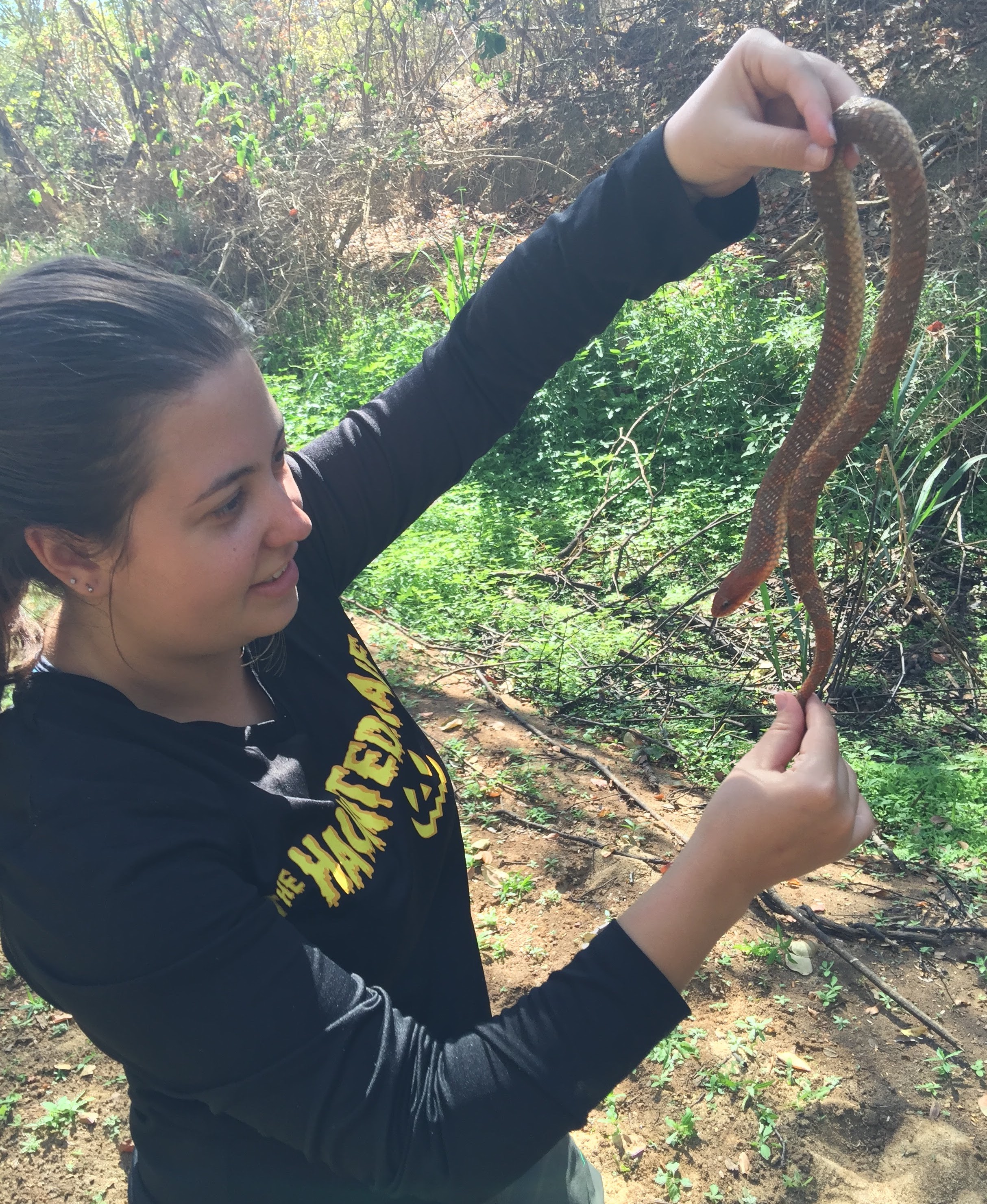
Flavia Mol Lanna
Dr. Lanna joined the lab in the Fall of 2018 after she completed a Master's degree at the Universidade Federal do Rio Grande do Norte working in the Garda lab. Her dissertation project applied big data to explore adaptation to and radiation within the Dry Diagonal of South American. She is currently a postdoctoral researcher on our Dimensions of Biodiversity project that investigates adaptation in the Brazilian Dry Diagonal. More information about Flavia can be found here.
WE ARE EVOLUTIONARY BIOLOGISTS.
We make inferences about the history of species and ecological communities using genetic, environmental and morphological data. We conduct investigations in a range of organisms: bats, insects, carnivorous plants, salamanders, willows, spiders, snails, slugs and viruses.